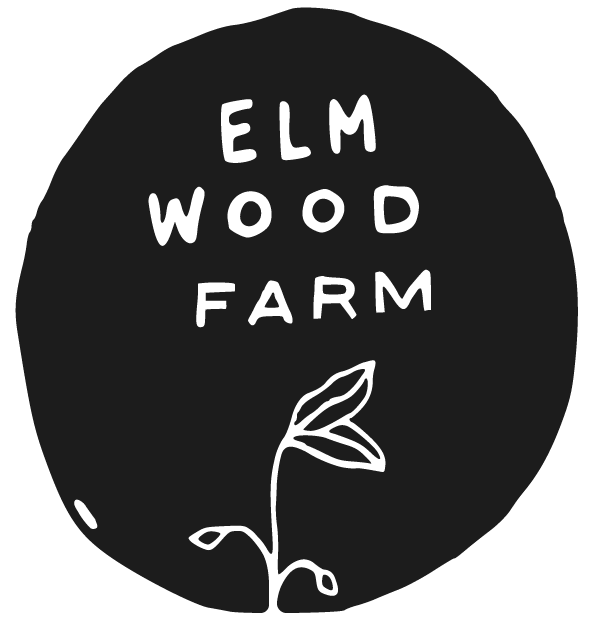Cuisine and the Common Place
I recently returned from a two-week assignment in Italy for work. This was my first time to the country. The first correction to my ignorance was that there’s no such thing as Italian food. Most of my time was spent in Rome. Romans eat Roman cuisine. You won’t find tortellini from Bologna, pizza in the style of Naples, or anything with pesto. The reason your basil is Genovese? Pesto is from Genoa. You could also spend hours walking the city and be hard pressed to find a restaurant serving French or Japanese food. However, on every corner you will find a restaurant serving food shaped by the history Rome with ingredients provided by the surrounding Lazio region. I’m not arguing that this is a superior or inferior way to eat. Rather, it speaks to a strong connection to place and what it means to live in that place. Food doesn’t just shape how we eat, it both shapes and reflects how we live. And what has been forgotten in America is where we live. This is one of the core questions we find ourselves exploring at the farm. What is North Texas cuisine? What does the land and climate provide? How does the answer bind us together?
In Rome, pasta is on every menu. Four dishes form the foundation (and essence) of pasta in Rome: Cacio e pepe, Gricia, Amatriciana, Carbonara. At the core of all of them is pecorino Romano and the common meat in the last three is guanciale (pork cheek). If you want to know what vegetables Romans eat, it’s easy: artichoke, chicoria (dandelion like chicory), zucchini flowers, puntarelle, and eggplant. As for meat. Rome is a solidly working class city. More so than I expected. Pork cheek, tripe, oxtail, and offal are the stars of the plate. A testament to the creativity of its citizens. I won’t eat another bowl of cacio e pepe or grow an artichoke without thinking of Rome.
As we drift through Fall and towards Winter - the typical season of agricultural reflection - the thought I will ponder is “What does Dallas taste like?” Maybe this feels like a banal or vain question to some folks. However, it forces me to confront my own culinary and agricultural prejudices. It reveals the ways I still try to fight nature rather than receive what it might be offering. Hopefully, it allows me to live in what Wendell Berry refers to as “the common place” where the health and vitality of the whole community is placed at the center. As he writes, “so that it will be possible to live by the contrary assumption that what is good for the world will be good for us. And that requires that we make the effort to know the world and to learn what is good for it.”
